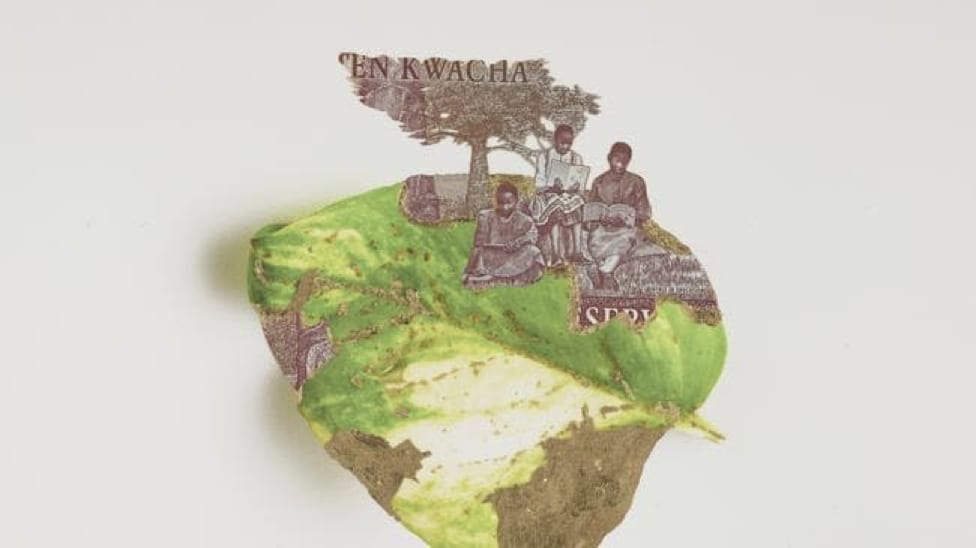
Abdullah MI Syed 'Malawian Kwacha MWK 10 (verso). Image courtesy the artist and Sally Dan-Cuthbert
What is the purpose of an exhibition such as the ambitiously titled The National? The same question could be asked about any of the lumbering collective exhibitions of contemporary art of the biennale type, but the extra out-of-season ones such as this and Melbourne Now seem particularly gratuitous. From one point of view, they are simply lazy ways to fill up the exhibition calendar with a grab-bag of artists that curators want to promote. There is certainly nothing scholarly about them, and they can’t be aesthetically coherent since they always involve a disparate set of artists and work that is almost deliberately heterogeneous.
On the other hand they are also almost comically predictable, particularly in what they exclude. As I write, for example, several well-known painters have exhibitions in leading commercial galleries in Sydney, but it is unimaginable that their work would ever be included in a show such as The National; the contemporary art establishment and its clique of curators are like the popular girls at school who define themselves as cool mainly by excluding nonconformists.
Although in reality group exhibitions of this kind are promotional and opportunistic, they seek to conceal this behind elaborate yet nebulous moral and quasi-political claims – the kind of cultural politics that is essentially a matter of symbolism and self-positioning, like the attachment of popular girls to the right brands, and very little about making real changes or dealing with substantial and urgent problems. These are the people who would much rather describe the arrival of European settlers as an invasion than do anything about providing work, education and opportunity for Aboriginal Australians.
Excerpt about Sally Smart and Abdullah M. I. Syed.
Sally Smart, too, has an ambitious work that consists of a projection of dancing figures over a large-scale collage that includes pictures of the dancers, in front of which puppets are suspended. Lauren Berkowitz has made assemblages out of salvaged ocean plastic, reminding us of one of the ugliest aspects of the despoliation of our environment. But most intriguing perhaps are Caroline Rothwell’s digital animations based on charcoal drawings, which more than any other work in the exhibition evoke a real sense of the life and livingness of nature.
The MCA was far livelier than Carriageworks, and full of visitors. Walking over the Art Gallery of NSW, the ambience was much less animated. The place has felt tired and uninspired for years, and this was no exception. The quality of the work and the curation here was inferior to the MCA, although still better than the dismal spectacle at Carriageworks.
The works on the entrance level are fairly indifferent: a set of rings made of charcoal is almost interesting but ultimately fails to resonate. The rest of the work is two floors down; most of it is also fairly indifferent, but Abdullah MI Syed stands out: several suites of work are united as part of a homage to his mother, including a moving film sequence in which the artist re-enacts the domestic tasks and rituals that were part of her daily life. Another installation is composed of objects that belonged to her and a third on photographs of damaged leaves culled from her money plants that have been repaired with gold leaf and collaged with images cut from banknotes.


